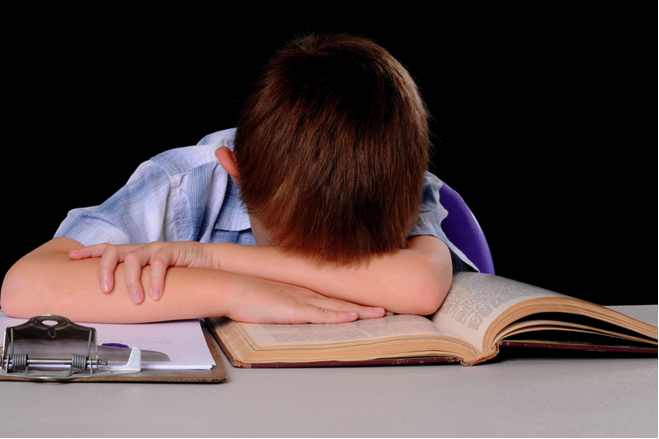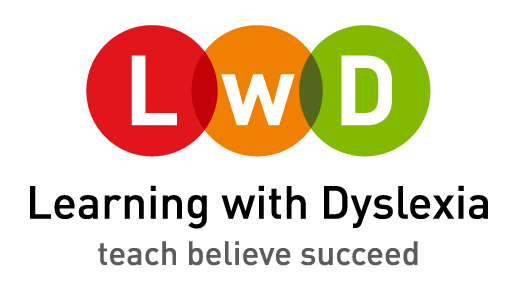Dyslexia can affect different people in different ways and its effects can range from mild to severe.
The list below provides an overview of the types of difficulties a dyslexic person may have at ages 6 to 11 years of age and may be used as a guide to spotting indicators of dyslexia.
•Seems bright in some ways but unexpectedly struggles in others
•Other members of the family have similar difficulties
•Has difficulties carrying out three instructions in sequence
•Struggles to learn sequences such as days of the week or the alphabet
•Is a slow reader or makes unexpected errors when reading aloud
•Often reads a word, and then fails to recognise it further down the page
•Struggles to remember what has been read

•Puts letters and numbers the wrong way: for example, 15 for 51, b for d or “was” for “saw”
•Has poor handwriting and/or struggles to hold the pen/pencil correctly and/or learn cursive writing
•Spells a word several different ways
•Appears to have poor concentration
•Struggles with mental arithmetic or learning times tables
•Seems to struggle with maths and/or understanding the terminology in maths: for example, knowing when to add, subtract or multiply
•Has difficulties understanding time and tense
•Confuses left and right
•Can answer questions orally but has difficulties writing the answer down
•Has trouble learning nursery rhymes or songs
•Struggles with phonics and learning the letter to sound rules
•Seems to get frustrated or suffers unduly with stress and/or low self-esteem
•Struggles to copy information down when reading from the board
•Needs an unexpected amount of support with homework and struggles to get it done on time
•Is excessively tired after a day at school
